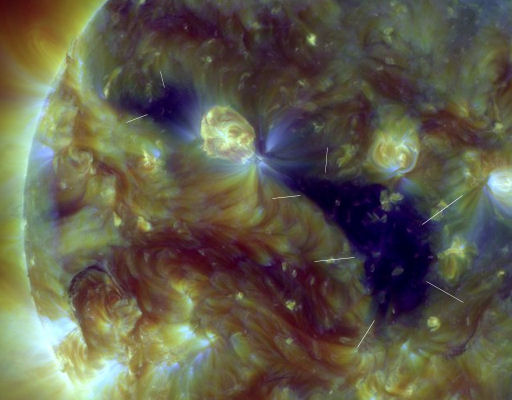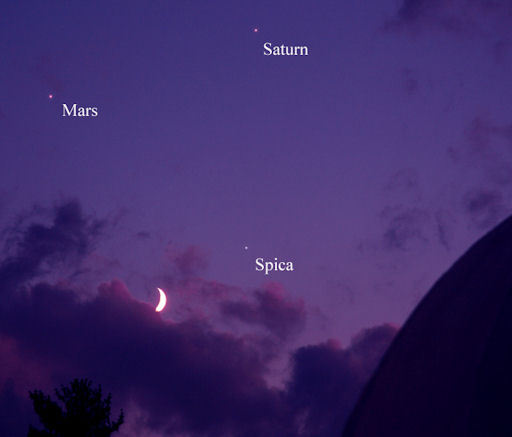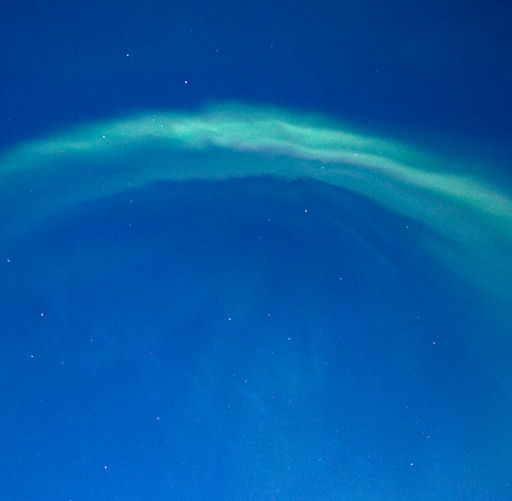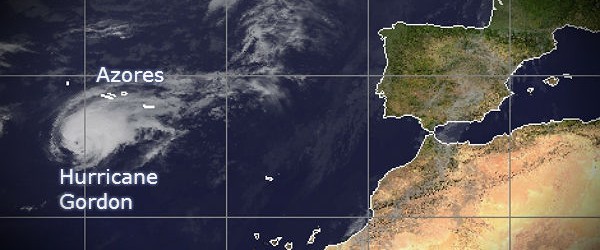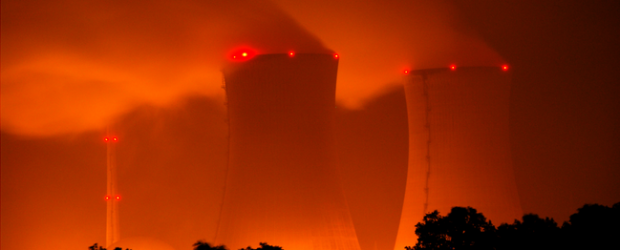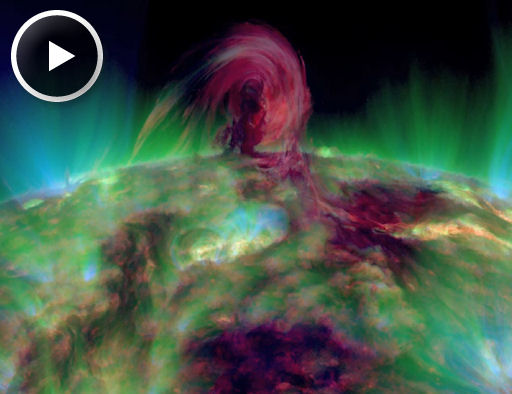We had 10 different nuclear events reported in just 10 days. Below is a list of them with date and short description.
BELGIUM
(1) August 8, 2012 – Doel 3 nuclear reactor, Doel Nuclear Power Station - Shutdown
Doel 3 nuclear reactor at Doel Nuclear Power Station in Belgium was shut down on August 8, 2012 under the suspicion that one of its components might be cracked. “We have found anomalies,” said Karina De Beule, spokesman for the ACFN, the federal agency for nuclear control.

